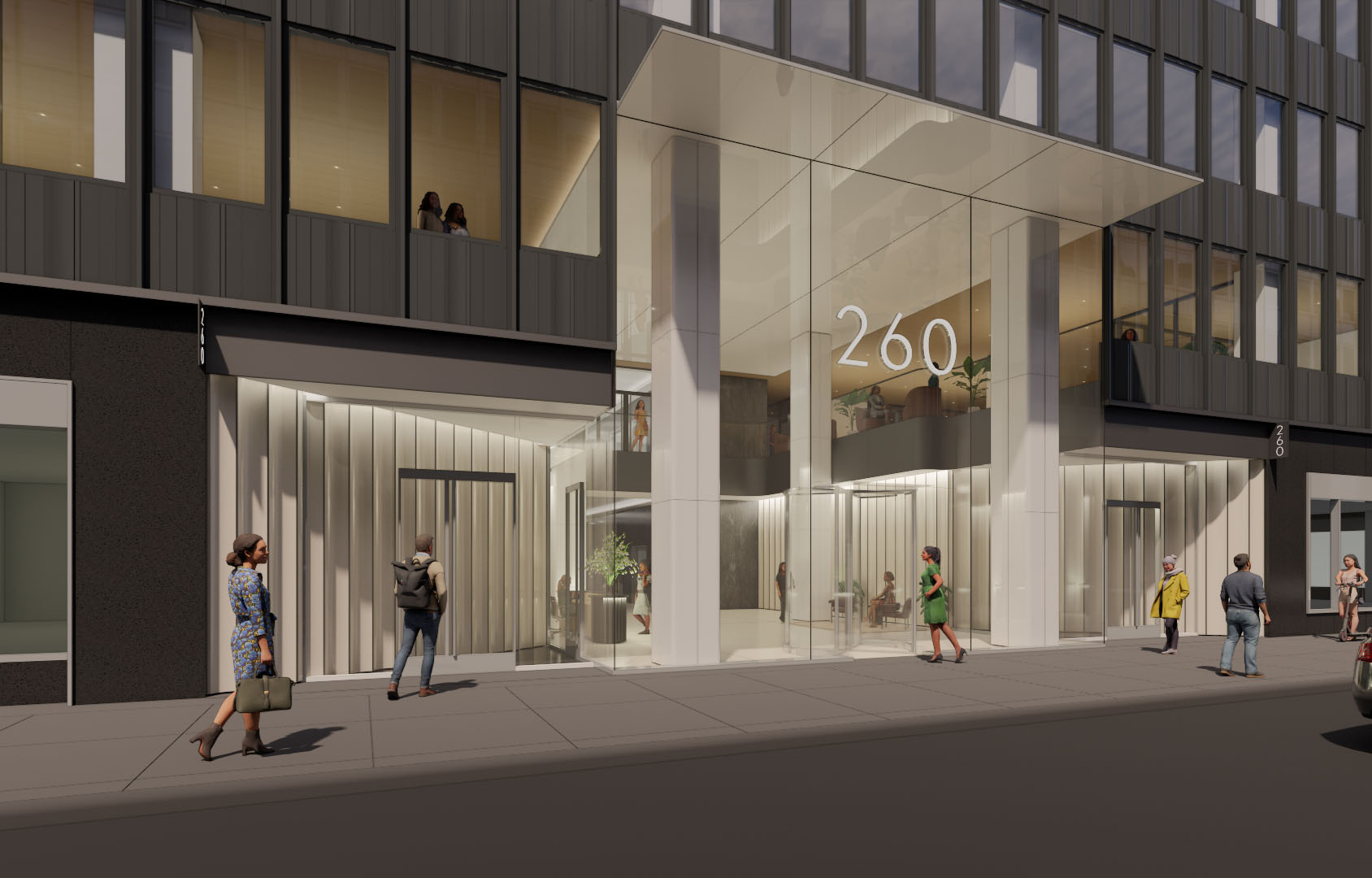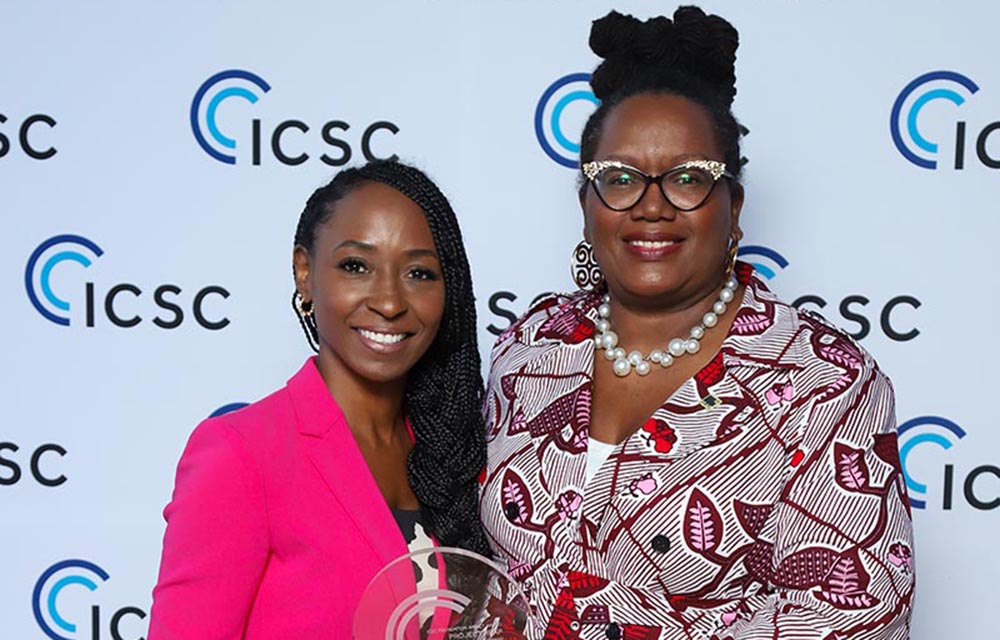How hotels are adapting to a shifting landscape - by Oliver Hoare
Throughout the past year, hotels were forced to undergo significant front-facing changes to stay afloat. However, the need for evolution doesn’t end when masks come off. If front-end enhancements are what allowed hotels to stay relevant and maintain their loyalty with guests, then their continued evolution coupled with back-end efficiencies could well provide the right formula to ride the wave of returning business.
Changing Places
Warped by 2020’s lack of travel, the definitions of “traditional” and “alternative” lodging are now a far cry from what we saw in 2019. Demand for short-term rentals has skyrocketed in many areas, resulting in daily rates shooting up by as much as 20% compared to pre-pandemic levels, according to an industry report by AirDNA, a short-term rental analytics platform. As summer travel surges and properties continue to book up, these effects will only grow more pronounced.
Eager to draw in revenue from returning crowds of travelers, some cities have started offering limited-time hotel tax breaks – a trend that may continue to spread throughout the summer and beyond. Aided by these breaks and the upward trend of short-term rental costs, hotels have emerged as an appealing, cost-effective lodging option.
However, the occupancy tax breaks that give hotels an edge against the competition also add a tax compliance burden for these businesses, and potential risks in the event of an audit. For hotel operators who adopted new technologies and processes during the pandemic downtime, these enhanced systems are poised to pay dividends and set them apart from their less progressive competitors.
Innovation Through Necessity
At the height of the pandemic, hotels had to prove how accommodating they could be just to get a portion of the severely limited pool of potential guests. This meant meeting requirements and demands for socially distant, no-touch solutions head on with a bevy of technology and compliance upgrades, including:
- Digital room keys and check-ins, often accomplished through hotel smart phone apps, to remove unnecessary contact while also making getting to your room easier than ever before.
- Removal of carpets in favor of solid flooring, giving a cleaner look and feel to make guests feel more comfortable.
- Standardization of TV casting from smart phones in rooms, providing an easy entertainment option while removing a common cleanliness pain point: the remote control.
- Installation of new outdoor spaces that – while initially built with social distancing in mind – have proven to have lasting popularity with guests.
- All-in-one digital systems for in-room control, allowing guest to manage lighting, adjust air conditioning or order room service, all from a tablet.
- Integration of “smart-room” technology, such as Alexa for Hospitality, giving guests a full range of control and convenience through simple voice commands.
In addition to these more standard practices, some hotel chains have gone further and introduced more dramatic additions such as robot butlers that roam the halls, providing cleaning services and even delivering refreshments and linens to guests upon request.
These changes, while born out of necessity, have been beneficial for the quality of stay and overall experience of guests. Some of these ideas had been entertained for years ahead of the pandemic and were only implemented once restrictions had forced management’s hand.
The levee on technological adoption has now broken, and hotels will likely only continue the pace of picking up new tech tools.
Back-end Opportunities
Smart phone apps and robot butlers might be getting all the attention now, but going forward the activity behind the scenes could be the real savior for the hospitality industry. Opportunities are emerging in areas like compliance that will further separate early technological adopters from the pack. Rapid innovation is needed because the regulatory landscape itself is shifting every day. Enter the new trend of tax breaks for hotels, as jurisdictions hungry for revenue count on incoming taxes elsewhere. It sounds counter-intuitive for a jurisdiction to lower taxes in an effort to boost tax revenues, but those are the calculations being made in major markets, including New York City. The theory is that the more people who come to the Big Apple will shop and dine so much that they’ll outspend any saving accrued from the hotel tax holiday. Additionally, the measure supports the local hospitality industry, which is a key economic driver in its own right. It’s easy to see this strategy catching on in other hotel-heavy destinations across the nation.
While these incentives are a competitive boon, they also bring increased scrutiny that will encourage hotels to continue adopting technology that can promote efficiencies, streamlining and automating back-end compliance. If they aren’t already, hotel owners will want to onboard technology and compliance upgrades in back-office systems, especially regarding the broad range and pace of change of hospitality taxes and fees.
The last year has been a trying one for the hospitality industry, but the businesses that learn from recent hardships and continue to apply the lessons learned will be the ones that thrive in the coming months and years.
For more information on this new hotel landscape, see Avalara’s 2021 sales tax half-year report, which analyzes the occupancy tax breaks among myriad other important shifts for hotels.
Oliver Hoare is the general manager of lodging at Avalara, Seattle, WA.
AmTrustRE completes $211m acquisition of 260 Madison Ave.


Lasting effects of eminent domain on commercial development - by Sebastian Jablonski

Strategic pause - by Shallini Mehra and Chirag Doshi

Behind the post: Why reels, stories, and shorts work for CRE (and how to use them) - by Kimberly Zar Bloorian









.jpg)

.gif)